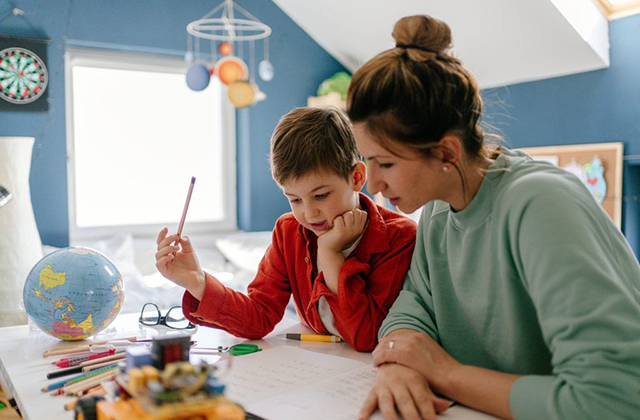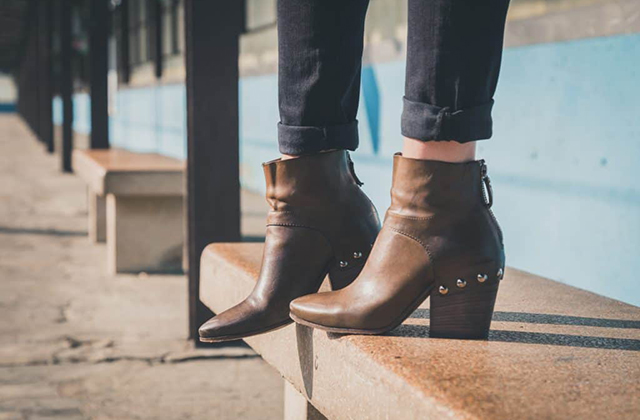In the past few years, we have experienced a swift and interesting change in the way people want to get catered in their wedding events. Earlier, the trend was of a full-fledge menu that consisted of welcome drinks and then, the starters or appetizers. Following the appetizers was the full course meal and then the desserts. This was an expensive affair that consumed a lot of time and attention of the guests. From the event organizer’s point of view, it did nothing than stuffing the pockets of the party caterer. Corporate picnic Sydney take the time to get to know your business and your employees so we can truly understand what your company needs in a picnic venue.
Then came the concept, where the entire event was covered in one meal that had lots and lots of variety in it. From here emerged the concept of finger food catering or Barbeque or BBQ catering. The companies engaged in wedding catering in Perth emerged with so many options that the guests never got bored of eating. Another advantage was that they were not required to leave their seats and go to another section of the wedding hall for 30-45 minutes for dinner. Since, finger food and BBQ menu consisted of food that can be consumed very easily, the catering services in Perth companies offered this food to the guests’ right at their seats. In the beginning, people showed their maximum interest towards finger foods, but BBQ catering is in demand these days at wedding events. In it, people enjoy great food cooked in a countryside style along with drinks without even lifting their fingers. Some wedding catering in Perth companies specialize in BBQ catering and here are a few tips to make an event super-successful using the BBQ food.
- When you say BBQ food, the first that emerges in the minds of the people is an all non-vegetarian menu. Actually, there is no harm in an all non-vegetarian menu because it will infuse lots of protein in your guests, especially if chicken, beef, pork and turkey items are on the menu.
- On the other hand, offering raw grilled vegetables is also an impressive move. You only need to ensure that you keep the variety and there has to be something for everyone.
- Since a lot of catering services in Perth companies have opened a BBQ catering division, you need to be very selective in picking a caterer for your event. Most of them often offer complimentary drinks, if you select BBQ menu, but negotiating would surely land you in an even profitable deal.
- Then, select a company that has some dessert in BBQ. Since sweets form a very important part of such events, it is important that the catering services in Perth company offers at least 3-4 kinds of desserts in its menu.
- The company should also arrange for the setup plus, the fuel to be consumed. Apart from this, it should also bring other equipments and decorative items apart from serving plates, glasses, table dressings, sound management or systems and even the right lighting for your event.
In all, before selecting a company, do all the necessary homework to ensure that you fetch the maximum output or in other words, the full value for money. Click here to get the catering needs that you want.









